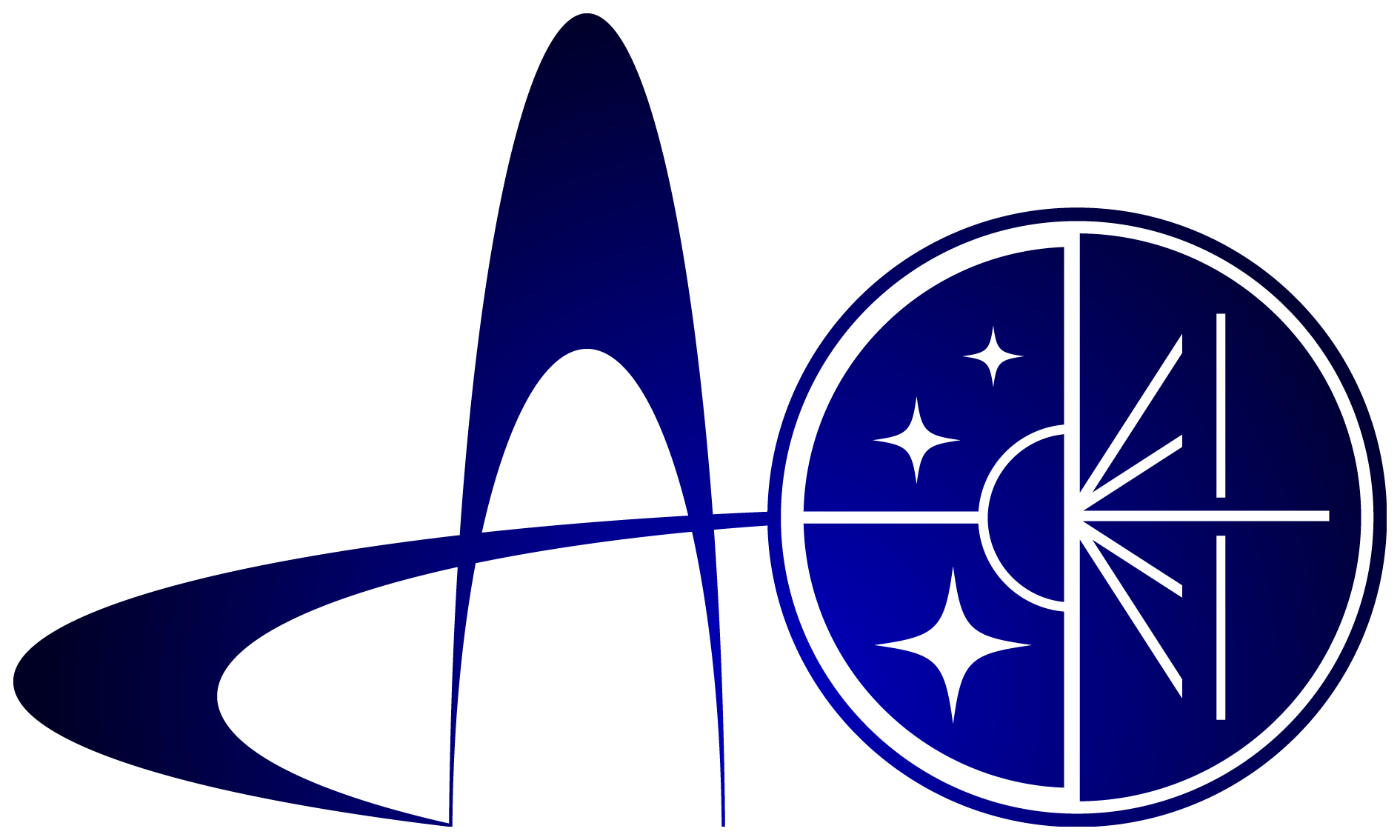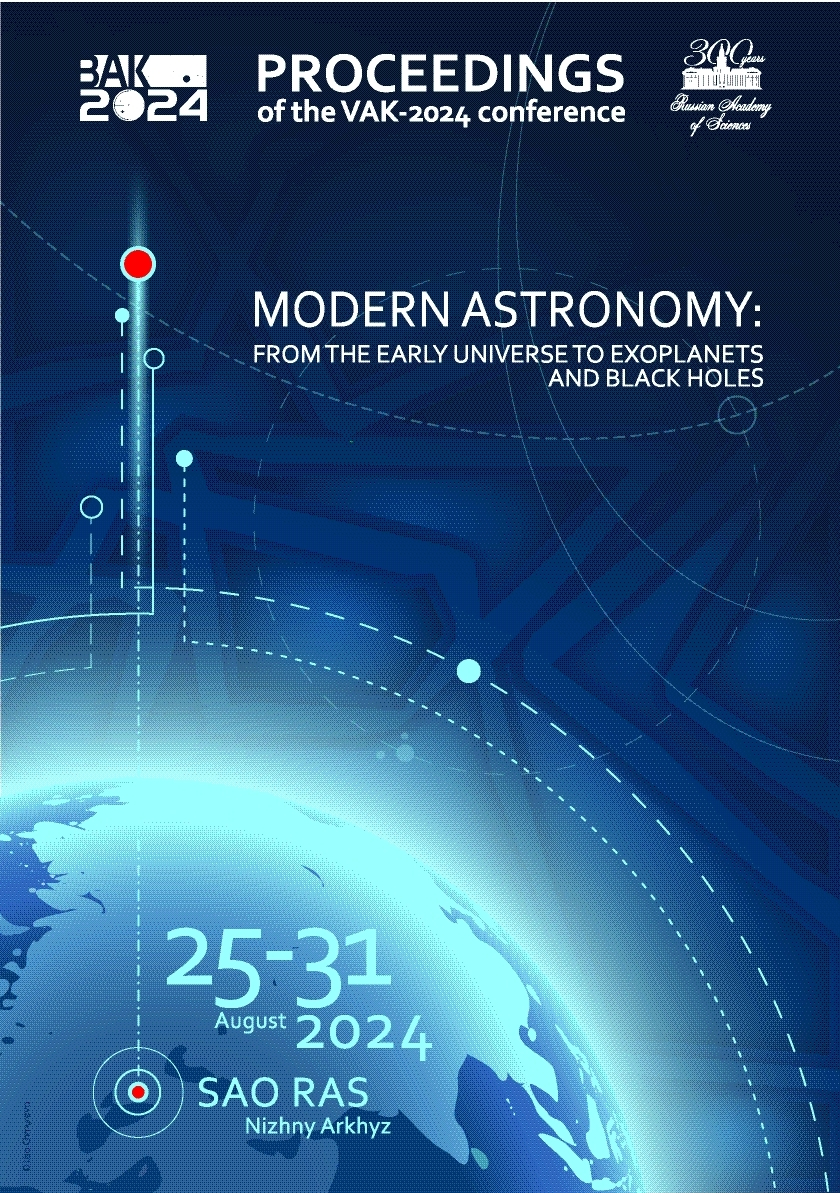UDC 53
UDC 520
UDC 521
UDC 523
UDC 524
UDC 52-1
UDC 52-6
CSCSTI 41.00
CSCSTI 29.35
CSCSTI 29.31
CSCSTI 29.33
CSCSTI 29.27
CSCSTI 29.05
Russian Classification of Professions by Education 03.06.01
Russian Classification of Professions by Education 03.05.01
Russian Classification of Professions by Education 03.04.03
Russian Library and Bibliographic Classification 2
Russian Library and Bibliographic Classification 223
Russian Trade and Bibliographic Classification 614
Russian Trade and Bibliographic Classification 6135
BISAC SCI004000 Astronomy
BISAC SCI005000 Physics / Astrophysics
OGLE-BLG-DN-0064 (hereafter, OGLE-64) has been identified as a possible dwarf nova candidate due to the optical outburst activity recorded by the Optical Gravitational Lensing Experiment (OGLE) survey. We study the X-ray properties of OGLE-64 using the Chandra archival data. OGLE-64 shows an X-ray luminosity of $L_X \approx 1.5 \times 10^{32}$ erg/s in the 0.5–7 keV energy band and a high ratio of X-ray flux to optical flux $F_X/F_{\rm opt} \approx 1.5$. We found no significant optical and X-ray periodicity with the timing analyses. The X-ray spectrum of OGLE-64 can be approximated by a power-law model with a photon index of $\Gamma \approx 1.9$ and an optically thin plasma model with a temperature of $kT \approx 6.4$ keV. The isobaric cooling flow model gives an accretion rate in the system of about $\dot{M}_{\rm acc} \approx 5.4 \times 10^{-11}$ $M_\odot$/yr and the white dwarf mass of $M_{\rm WD} \approx 0.8$ $M_\odot$. The X-ray properties and the optical outburst activity suggest that OGLE-64 is a dwarf nova.
stars: cataclysmic variables, dwarf novae, binaries, white dwarfs; X-ray: general
1. Arnaud K.A., 1996, ASP Conf. Ser., 101, p. 17
2. Byckling K., Mukai K., Thorstensen J.R., et al., 2010, Monthly Notices of the Royal Astronomical Society, 408, 4, p. 2298
3. Cash W., 1979, Astrophysical Journal, 228, p. 939
4. Chambers K.C., Magnier E.A., Metcalfe N., et al., 2016, arXiv e-prints, arXiv:1612.05560
5. Evans I.N., Primini F.A., Glotfelty K.J., et al., 2010, Astrophysical Journal Supplement, 189, 1, p. 37
6. Eyer L., Audard M., Holl B., et al., 2023, Astronomy & Astrophysics, 674, id. A13
7. Frank J., King A., Raine D.J., 2002, Cambridge University Press, ISBN 0521620538
8. Fruscione A., McDowell J.C., Allen G.E., et al., 2006, Proceedings of the SPIE, 6270, id. 62701V
9. Galiullin I.I. and Gilfanov M.R., 2021, Astronomy Letters, 47, 9, p. 587
10. Lasota J.-P., 2001, New Astronomy Reviews, 45, 7, p. 449
11. Lomb N.R., 1976, Astrophysics and Space Science, 39, 2, p. 447
12. Mróz P., Udalski A., Poleski R., et al., 2015, Acta Astronomica, 65, 4, p. 313
13. Mukai K., 2017, Publications of the Astronomical Society of the Pacific, 129, 976, p. 062001
14. Nauenberg M., 1972, Astrophysical Journal, 175, p. 417
15. Scargle J.D., 1982, Astrophysical Journal, 263, p. 835
16. Warner B., 1995, Camb. Astrophys. Ser., 28
17. Wilms J., Allen A., McCray R., 2000, Astrophysical Journal, 542, 2, p. 914





